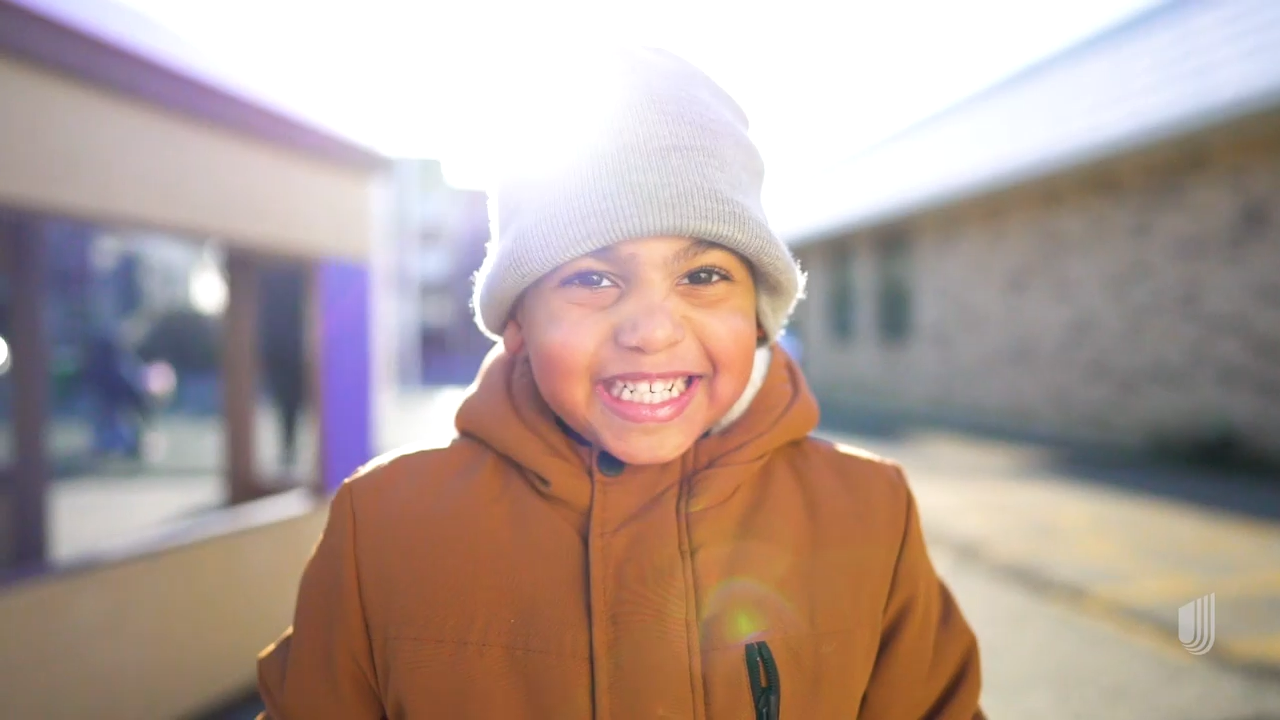Agentes de seguros médicos
Children’s Friend, a nonprofit located in Providence, Rhode Island, shares how it cares for employees like family through its benefits.
Building healthier together

As the oldest child welfare organization in Rhode Island, Children’s Friend has a long history of caring for the state’s youngest and most vulnerable population: children who lack permanency in their lives, victims of abuse and neglect and those living in poverty, which make up about 90% of those they serve.
That deep commitment to care extends to their employees, too.
“We believe kids grow and develop best when they’re in a strong and stable family,” says President and CEO David Caprio. “We try to recreate that strong family environment for our employees here at Children’s Friend.”
As a human services nonprofit, Caprio says that people are both its biggest asset and biggest expense: 75% of the Children’s Friend budget goes to salaries and benefits.

Outside of salaries, health insurance is the biggest line item on many employer budgets. The economy is pressuring employers to reduce expenses, such as by cutting back on health benefits or shifting the cost of those benefits to employees.1
After teaming up with their broker and UnitedHealthcare to implement effective benefits strategies, Children’s Friend doesn’t have to do either.
Taking a strategic approach
To help control rising health care costs, in 2016, Children’s Friend switched from a fully insured health plan to a UnitedHealthcare-administered self-funded plan built around the primary care provider (PCP) relationship.
Children’s Friend employees and covered family members are incented to build a close relationship with their PCPs through benefits like $0 copays for using network UnitedHealth Premium® providers and 24/7 Virtual Visits. Plus, the group is engaging with their PCPs at a high rate — wellness visits are 30% higher than average, and Premium provider usage is 12.9% above the norm.2
This approach works to deliver both better health and lower costs. According to research, members engaged with a PCP had 10% lower costs than those who didn’t, due in part to better health choices, such as seeking care at a clinic instead of an ER, filling and taking medications as prescribed and getting recommended preventive screenings.3 Built-in clinical strategies are also designed to help identify and engage at-risk employees, such as those with type 2 diabetes, in programs built to help them get healthier.
Inspiring wellness
“Something that makes our health plan unique is all of the wellness benefits that we’ve added over the years, like a weight-loss program and second-opinion services,” says Benefits and Employee Experience Manager Julie Colangeli.
Wellness incentives also help lower costs for the group. Employees have their deductible waived if they complete 5 healthy activities during a certain timeframe. Children’s Friend also has a wellness committee of about a dozen employee volunteers, who coordinate free wellness activities for their colleagues.
To help staff cope with the stressful kind of work they do and the mental health toll of the pandemic, behavioral health benefits include an Employee Assistance Program and 3 no-cost counseling sessions a year.
Working together for better results
A successful health benefits strategy like this one is no accident. At regular meetings, Children’s Friend staff discuss claims trends and employee survey results with their broker and UnitedHealthcare team to fine-tune their plan and benefits.
“They know us, they know our people, they’re on our wellness committee,” Caprio says. “We don’t go into those meetings where they tell us we have to increase our employee copay because that’s not going to happen. Instead, it’s more of a conversation: ‘Here’s an idea, here’s a strategy, here’s a new tool we have.’”
The result of that ongoing collaboration is a benefits package that keeps getting better — one that Children’s Friend is proud to offer to its close-knit family of employees.